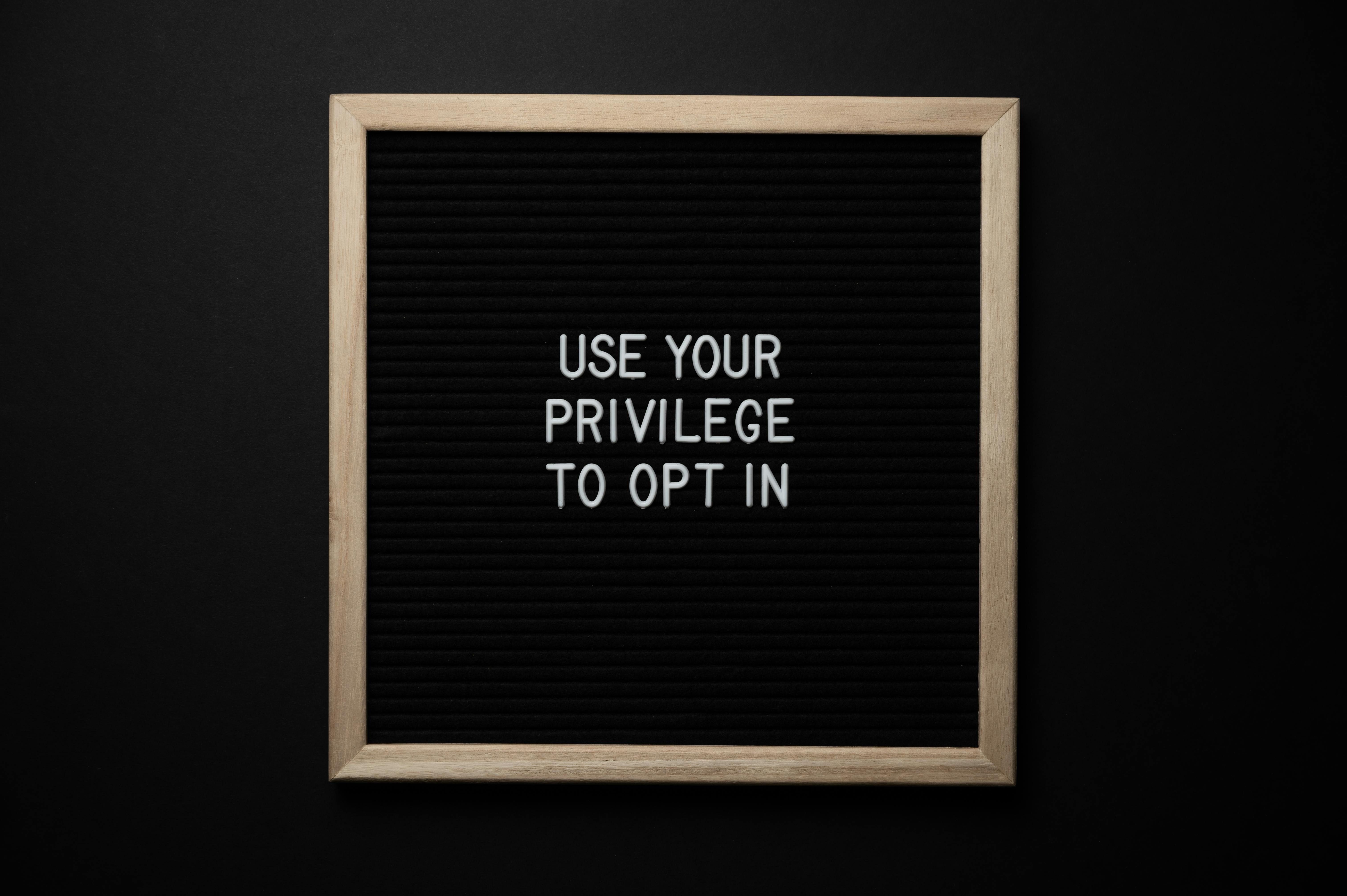
The irrational national anthem
The National Anthem is the song that every American singer is most likely to sing at least once in public, whenever a sporting event is on the horizon. The ubiquitous Happy Birthday may rival it in popularity, but Happy Birthday usually appears on a singer’s menu as a group effort. With the National Anthem, you are practically left to your own devices, to sing it a cappella, no less! There are plenty of good reasons why The Star-Spangled Banner terrifies singers.
It is a bear to sing; the range is so wide (an octave and a fifth above) that a singer of modest ability can barely scan the notes. And it is written in such a way that the phrasing invites the singer to breathe at inopportune moments.
The words were written by Francis Scott Key early in the morning after witnessing the overnight bombardment of Fort McHenry by British Royal Navy ships in the Chesapeake Bay during the War of 1812. His poem was set with the melody of a popular British song written by John Stafford Smith.
I’ll give you some tips to tame the beast. For now, I would like to concentrate on the words. You may never have looked at them closely. Do you realize there are only two sentences in the entire song? And that the first sentence is probably the longest sentence in the history of sentences? However, it actually means something. It’s not just a bunch of gibberish: the words tell a story that makes sense if you phrase it right.
“oh say” Hey guys over there.
“you can see,” What can you see from your point of view?
“by the early light of dawn”, Now that the sun has risen?
“what we so proudly acclaim in the last gleam of twilight”, That flag we are so proud of was still visible on the fort’s ramparts as daylight drew to a close.
“whose broad stripes and bright stars, through the perilous fight, on the ramparts we saw shone so gallantly,” There we could see the flag waving.
THE SENTENCE CONTINUES
“and the red glow of the rocket, the bombs exploding in the air”, Every time a bomb goes off
“He gave evidence overnight that our flag was still there.” We could see that the flag was still waving.
PAUSE
End of first sentence. Now remember, that was ONE sentence. And not written in Albanian. In English (well, English as it was spoken two hundred years ago).
SECOND AND FINAL PRAYER
“Oh, let’s say, is that starry flag still flying?” Is our flag still flying over the fort this morning? Are we victorious in battle?
“over the land of the free and the home of the brave.” About our new country?
So when you phrase the hymn to fit the contours of the words’ meaning, you’ll find that it sings with the commas instead of just anywhere.
Example: Singing “Oh, say, [breath] you can see…”
NOT “Oh, let’s say, can you [breath] you’ll see…”
Interrupting ‘can’ and ‘you’ is an unnatural phrase
I have heard very few people sing the national anthem as if they believed what was written. At the very least, if you turn it into a patriotic song that signifies something of special value and pride, then it should make a noticeable impression.
And, you know, it’s funny how just thinking about what the words mean makes your voice sound better.